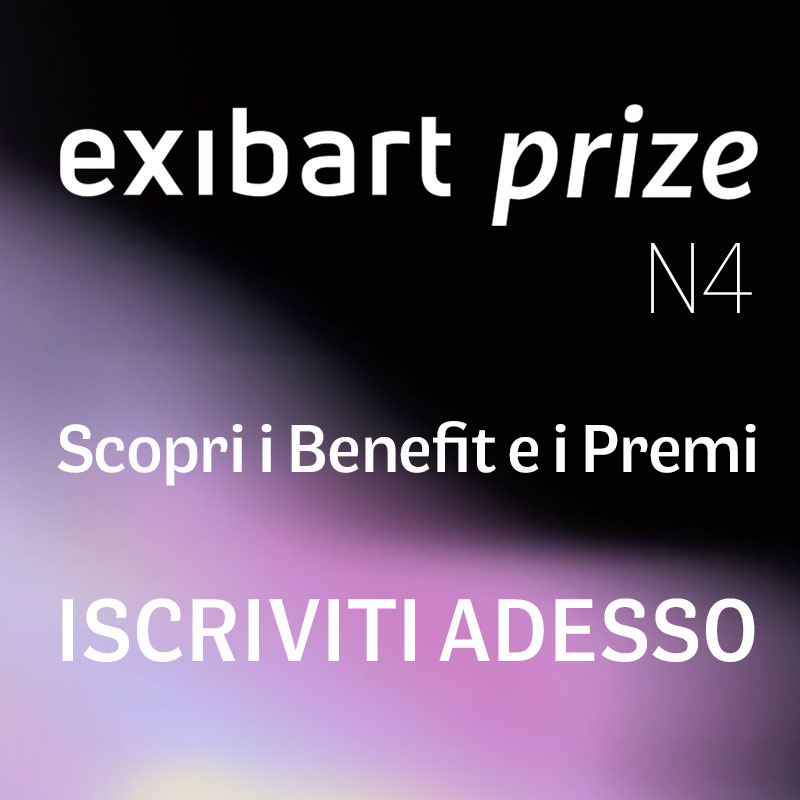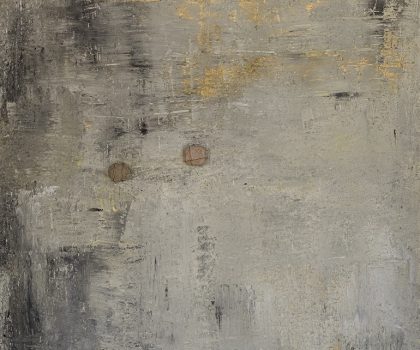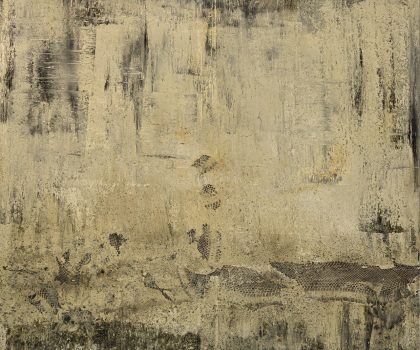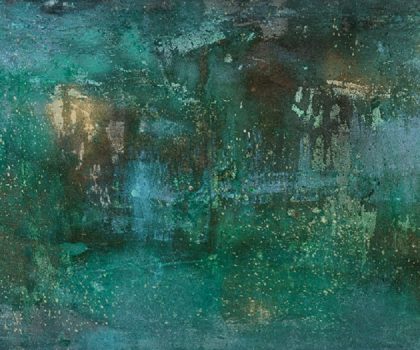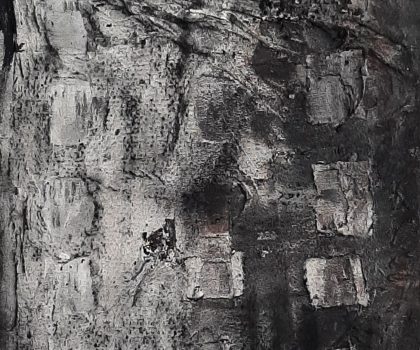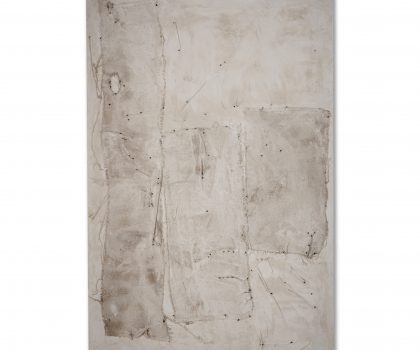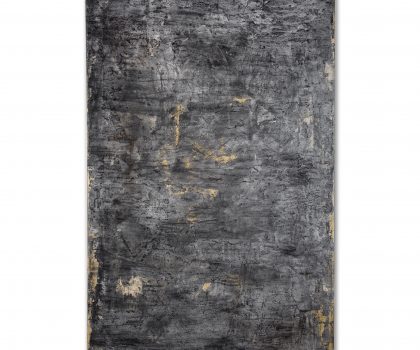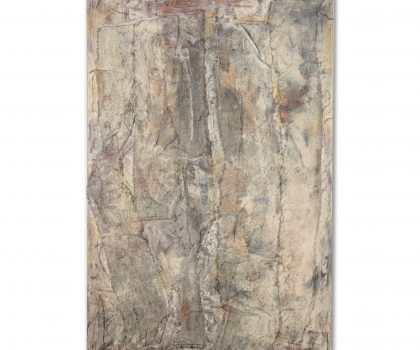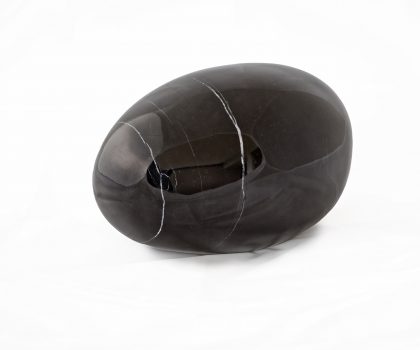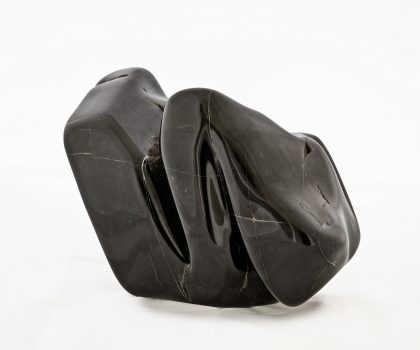La pittura di Alessandra Cantamessa si è evoluta rapidamente nell’arco di pochi anni, nel corso dei quali, da un approccio quasi pop è passata ad esprimersi con una sua personale poetica, utilizzando un linguaggio più informale, volto a rendere la forza e la capacità evocativa della materia. Pensati come appunti di viaggio, spesso i suoi quadri raccontano del suo passaggio in territori lontani, desertici e desolati, lasciando traccia sulla tela proprio della materia di cui quei luoghi sono permeati: sabbia, mute di serpente, terra spaccata e riarsa dal sole.
L’attitudine alla sperimentazione, manifestata fin dalle opere degli esordi e la tendenza alla tridimensionalità, affiorano prepotentemente nel percorso dell’artista, portandola, nella sua fase più matura, a destrutturare la tela fino al limite del basso rilievo. Opere come “Ronzinante” ispirata al destriero di Don Chisciotte o la serie “Nero” ben esprimono questa tensione.
Ma è con il vero e proprio esordio nella scultura e con il riappropriarsi della pietra come elemento anche autobiografico che l’artista giunge all’essenziale: “il marmo racchiude in sé la contrapposizione tra la freddezza della pietra e l’eleganza delle linee, la natura infatti insegna a cogliere l’essenza dei suoi elementi…”
Alessandra Cantamessa's painting has rapidly evolved within a few years: she went from an almost pop approach to expressing herself through her own personal poetics, using a more informal language aimed at conveying the force and evocative capability of matter. Her paintings, formulated as travel notes, often narrate her journeys in faraway, desert-like and desolate territories. These journeys leave a trace on canvas of the matter of which such territories are permeated with: sand, snakeskin and parched soil.
The aptitude to experimentation, which the artist showed since her first works, and the focus on three-dimensional art emerged assertively in her artistic path. These elements led the artist to deconstruct her paintings during her more mature artistic phase, almost creating bas-reliefs. Works such as "Rocinante", inspired by Don Quixote's horse, or the "Black" series, effectively express this technique.
However, it is with the sculptural debut and the reappropriation of stone, also an autobiographical element, that the artist achieved the essential interpretation: "marble holds in itself the juxtaposition of the coldness of stone and the elegance of shapes, indeed nature teaches us to understand the essence of its elements…"
L’attitudine alla sperimentazione, manifestata fin dalle opere degli esordi e la tendenza alla tridimensionalità, affiorano prepotentemente nel percorso dell’artista, portandola, nella sua fase più matura, a destrutturare la tela fino al limite del basso rilievo. Opere come “Ronzinante” ispirata al destriero di Don Chisciotte o la serie “Nero” ben esprimono questa tensione.
Ma è con il vero e proprio esordio nella scultura e con il riappropriarsi della pietra come elemento anche autobiografico che l’artista giunge all’essenziale: “il marmo racchiude in sé la contrapposizione tra la freddezza della pietra e l’eleganza delle linee, la natura infatti insegna a cogliere l’essenza dei suoi elementi…”
Alessandra Cantamessa's painting has rapidly evolved within a few years: she went from an almost pop approach to expressing herself through her own personal poetics, using a more informal language aimed at conveying the force and evocative capability of matter. Her paintings, formulated as travel notes, often narrate her journeys in faraway, desert-like and desolate territories. These journeys leave a trace on canvas of the matter of which such territories are permeated with: sand, snakeskin and parched soil.
The aptitude to experimentation, which the artist showed since her first works, and the focus on three-dimensional art emerged assertively in her artistic path. These elements led the artist to deconstruct her paintings during her more mature artistic phase, almost creating bas-reliefs. Works such as "Rocinante", inspired by Don Quixote's horse, or the "Black" series, effectively express this technique.
However, it is with the sculptural debut and the reappropriation of stone, also an autobiographical element, that the artist achieved the essential interpretation: "marble holds in itself the juxtaposition of the coldness of stone and the elegance of shapes, indeed nature teaches us to understand the essence of its elements…"

